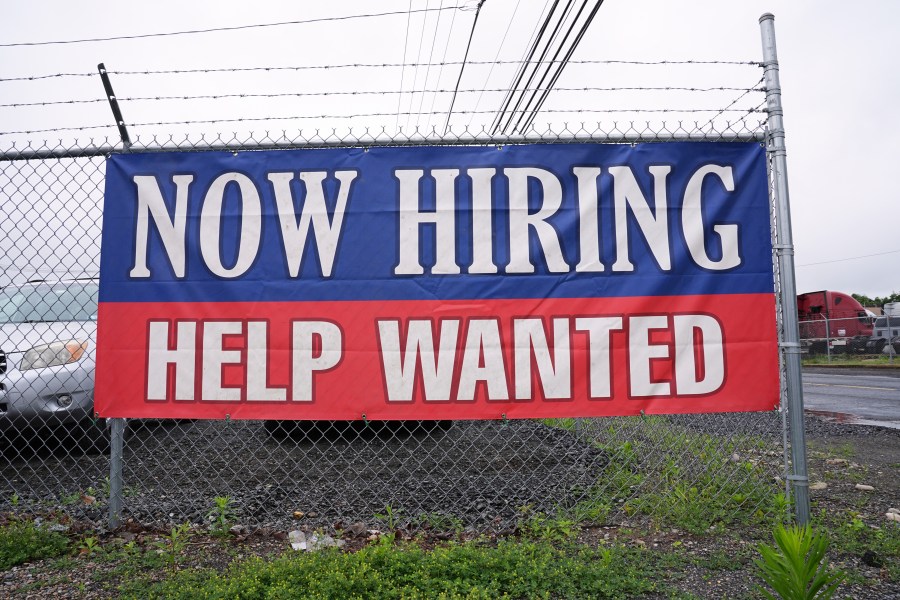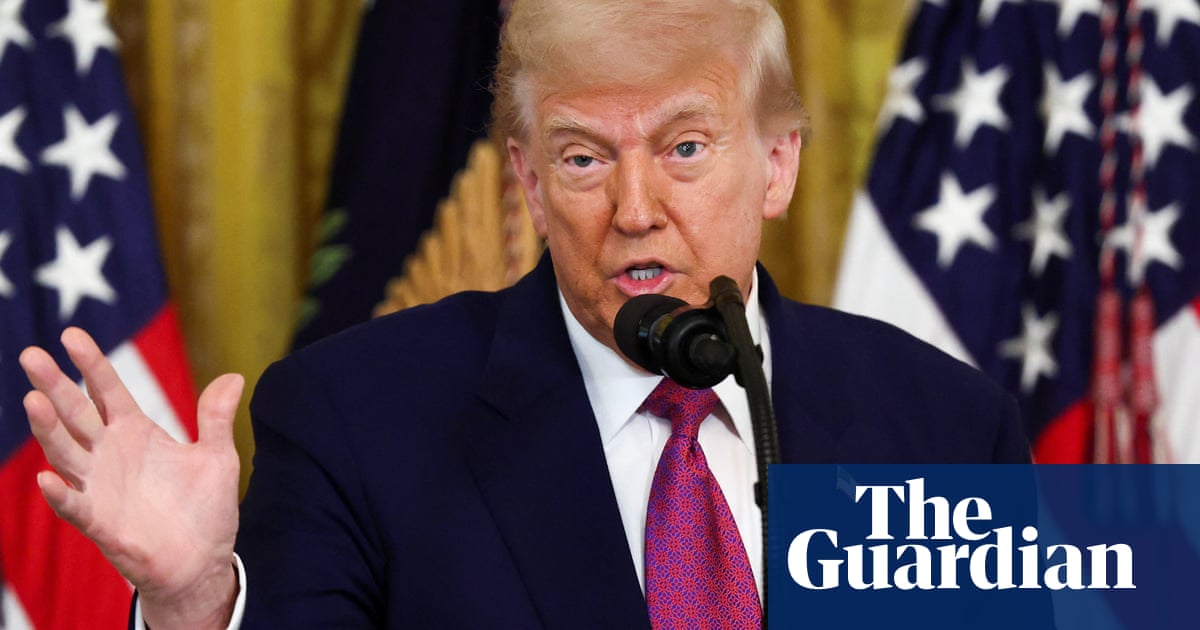U.S. Jobless Claims Drop to 227,000, Indicating Labor Market Resilience

U.S. applications for unemployment benefits declined last week, signaling continued strength in the labor market. The Labor Department reported on July 6, 2023, that jobless claims for the week ending June 30 fell by 5,000 to a total of 227,000, which is below the anticipated 238,000 claims predicted by analysts. This figure remains within the historically healthy range observed over the past two years.
The latest data follows a report revealing that U.S. employers added 147,000 jobs in June, exceeding expectations and further demonstrating the resilience of the American labor market. The unemployment rate dipped to 4.1%, down from 4.2% in May, despite forecasts suggesting an increase to 4.3%. This positive trend occurs amidst ongoing uncertainties surrounding economic policies introduced by President Donald Trump.
Impact of Tariffs and Job Cuts
Despite the strong job growth, some areas of concern have emerged, notably the impact of Trump’s tariff policies. These tariffs, aimed at increasing import costs, are believed to hinder economic efficiency by reducing competition and may provoke retaliatory measures from other nations. Such developments could potentially lead to hiring freezes or job cuts in various sectors.
Several prominent companies have already announced job reductions this year, reflecting the challenges posed by these policies. For instance, Microsoft revealed plans to lay off approximately 9,000 employees, marking its second mass layoff in recent months and the largest in over two years. Similarly, Google confirmed it had extended buyout offers to parts of its workforce as part of ongoing cost-cutting measures. Other companies facing layoffs include Procter & Gamble, Workday, Dow, CNN, Starbucks, and Southwest Airlines.
The Labor Department’s report also indicated that the four-week average of jobless claims, which smooths out weekly fluctuations, decreased by 5,750 to 235,500. However, the total number of Americans collecting unemployment benefits rose by 10,000 to 1.97 million for the week ending June 28, marking the highest level since November 2021.
As the situation evolves, the extension of deadlines for implementing Trump’s proposed tariffs until August 1 raises further questions. Economists warn that if these tariffs remain in place without negotiations to lower them, they could dampen economic growth and exacerbate inflationary pressures. The coming weeks will be crucial in determining the trajectory of the U.S. labor market and overall economic health.






